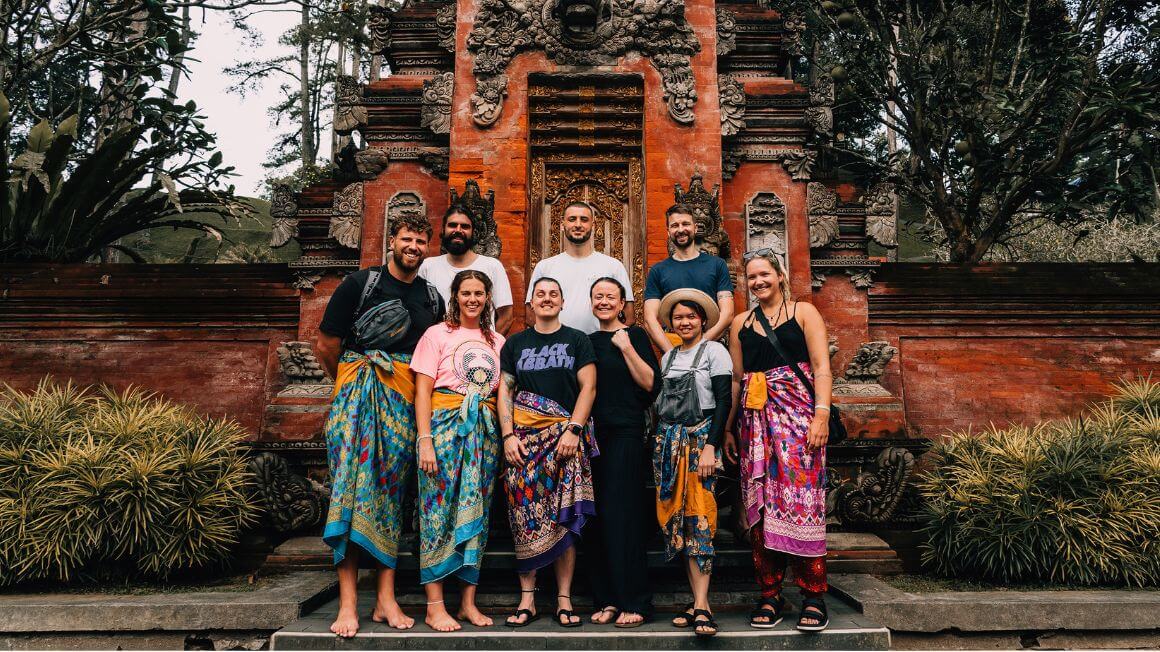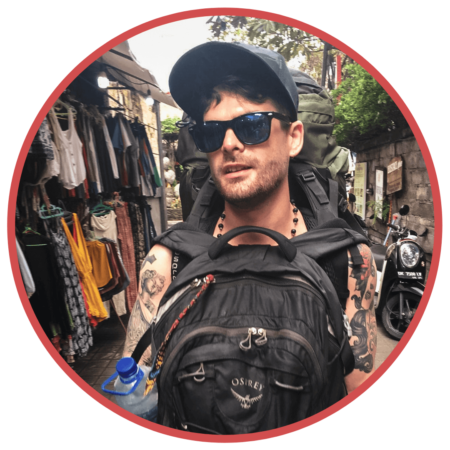The Camino de Santiago (an epic , poly-routed pilgrimage towards Compostela in Spain) is an unforgettable experience, but it’s also a gruelling bloody test of endurance, patience, and your ability to grin and bear blisters.
Whether you’re embarking on the Camino Francés, the Portugués, or the lesser-trodden Primitivo, choosing the perfect backpack for hiking the Camino de Santiago is crucial.
With hundreds of kilometres ahead of you, you really do want a pack that’s lightweight yet spacious, comfortable yet durable, and equipped to handle the unpredictable Spanish weather.
In this guide, we are going to break down what to look for in a backpack, review some top-rated hiking packs, and offer packing tips to keep your load manageable.
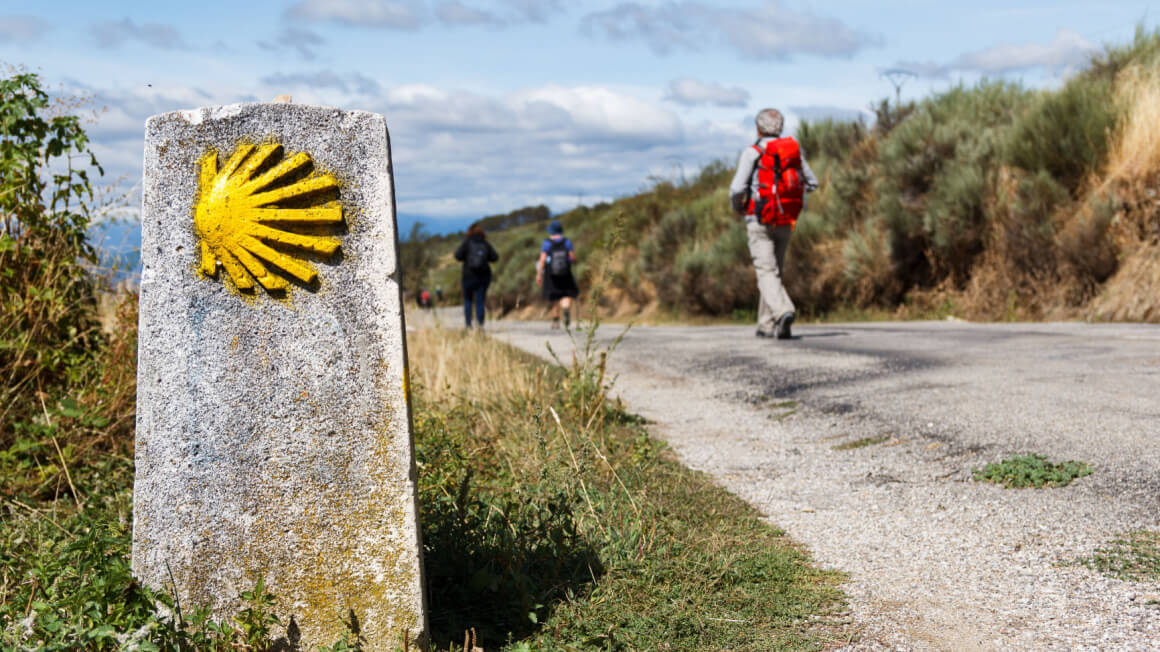
The Broke Backpacker is supported by you. Clicking through our links may earn us a small affiliate commission, and that's what allows us to keep producing free content 🙂 Learn more.
- What to Look for in a Backpack for the Camino de Santiago
- Why Travel Insurance is Essential for Hiking El Camino de Santiago
- Best Backpacks for Hiking the Camino de Santiago
- How to Pack Your Backpack for the Camino de Santiago
- FAQs About Choosing a Backpack for the Camino de Santiago
- Final Thoughts
- Buy Us a Coffee!
What to Look for in a Backpack for the Camino de Santiago
You must know by now that not all backpacks are created equal, and the last thing you want is to realise 300 km in, that your pack is a torture device (the Spanish of course know a thing or two about torture).
Here’s what to consider when choosing the right backpack for your pilgrimage;
Weight & Capacity
Many Camino hikers find that a 35L–50L backpack strikes the right balance between accommodating enough gear without overpacking.
- If you’re walking the full Camino (4–6 weeks), a 40L–50L backpack is ideal.
- If you’re only doing a portion or staying in albergues (hostels) with provided bedding, 35L–40L should suffice.
- Ultralight hikers (aka people with high pain tolerance and a minimalist mindset) might get away with a 30L pack but personally, that’s just too little gear for me.
A lightweight backpack is essential here – your total pack weight shouldn’t exceed 10% of your body weight if you are going to hike in any kind of comfort.
Remember – a heavy backpack won’t make you stronger, it will just make you hate life around Day 5.
Comfort & Fit
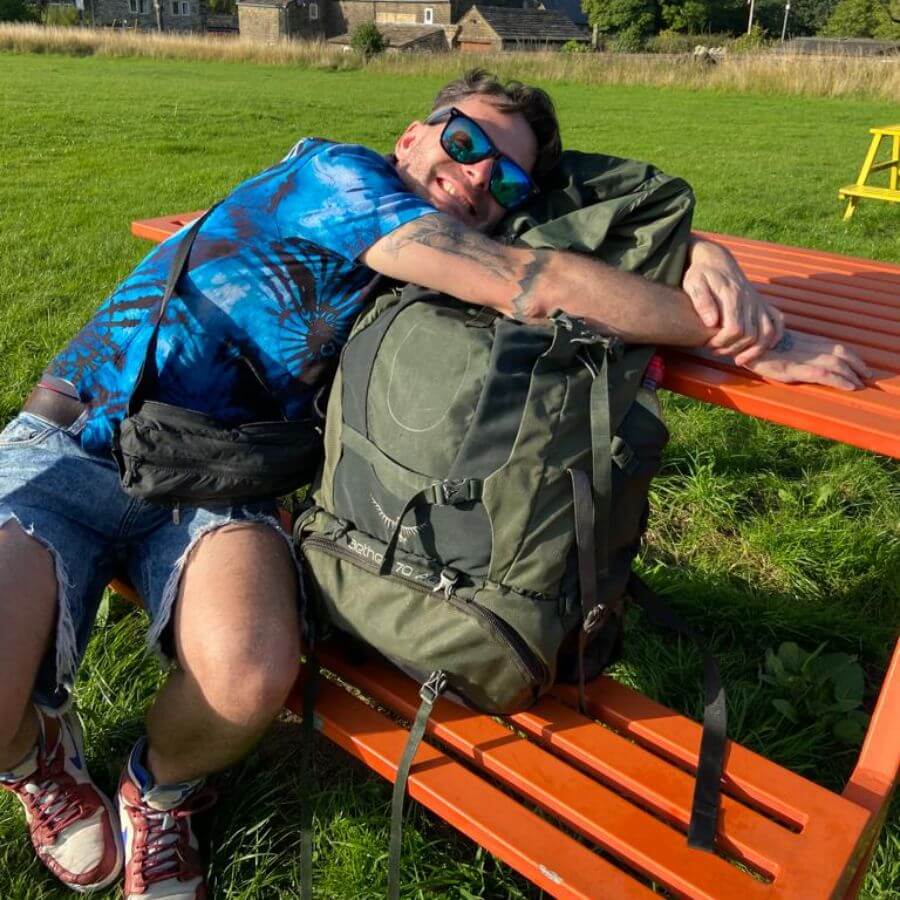
A well-fitting backpack can mean the difference between enjoying the scenery and spending your days cursing every step. It pays to prioritise;
- Adjustable shoulder straps for even weight distribution.
- A padded hip belt to take pressure off your shoulders.
- A ventilated back panel to reduce that lovely sweet sweaty-back sensation.
Pro tip: Test your pack fully loaded before your trip — take it on a few local hikes and make adjustments as needed. If it feels like the pack is wrong, then replace it while you still can.
Durability & Weather Resistance
The climate of Spain’s wild Atlantic coast can be fairly unpredictable, so a durable and weather-resistant pack is an absolute must.
- Water-resistant vs. waterproof: Most backpacks are water-resistant, meaning they can handle light rain but will soak through in heavy downpours. A rain cover is your best friend here. You may need to buy this separately from the pack though as they don’t seem to be included as standard anymore.
- Best materials: Look for ripstop nylon or Cordura fabric. These balance durability with weight brilliantly.
Accessibility & Storage Compartments
The last thing you want is to have to dig through your entire pack every time you need a snack or to grab your rain jacket right?
With this in mind, always choose a backpack with;
- Multiple compartments to keep things organized.
- Side pockets for quick access to water bottles and small items.
- A hydration sleeve – if you prefer a water bladder over bottles that is.
Price & Value
Backpacks are really not where you should cheap out. A $30 pack from Amazon may well seem tempting, but there is a reason why it costs $30. Buy it and rest assured that your back will be writing you hate mail by Day 3. A quality hiking backpack usually costs $100+ but it’s worth every cent.
If money is tight, then find a good pack, and then try to find it used on eBay or Vinted but you would of course then lose the lifetime guarantee that comes with many decent, respectable branded backpacks.

Now, you could spend a fat chunk of $$$ on the WRONG present for someone. Wrong size hiking boots, wrong fit backpack, wrong shape sleeping bag… As any adventurer will tell you, gear is a personal choice.
So give the adventurer in your life the gift of convenience: buy them an REI Co-op gift card! REI is The Broke Backpacker’s retailer of choice for ALL things outdoors, and an REI gift card is the perfect present you can buy from them. And then you won’t have to keep the receipt. 😉
Buy on REI!Why Travel Insurance is Essential for Hiking El Camino de Santiago
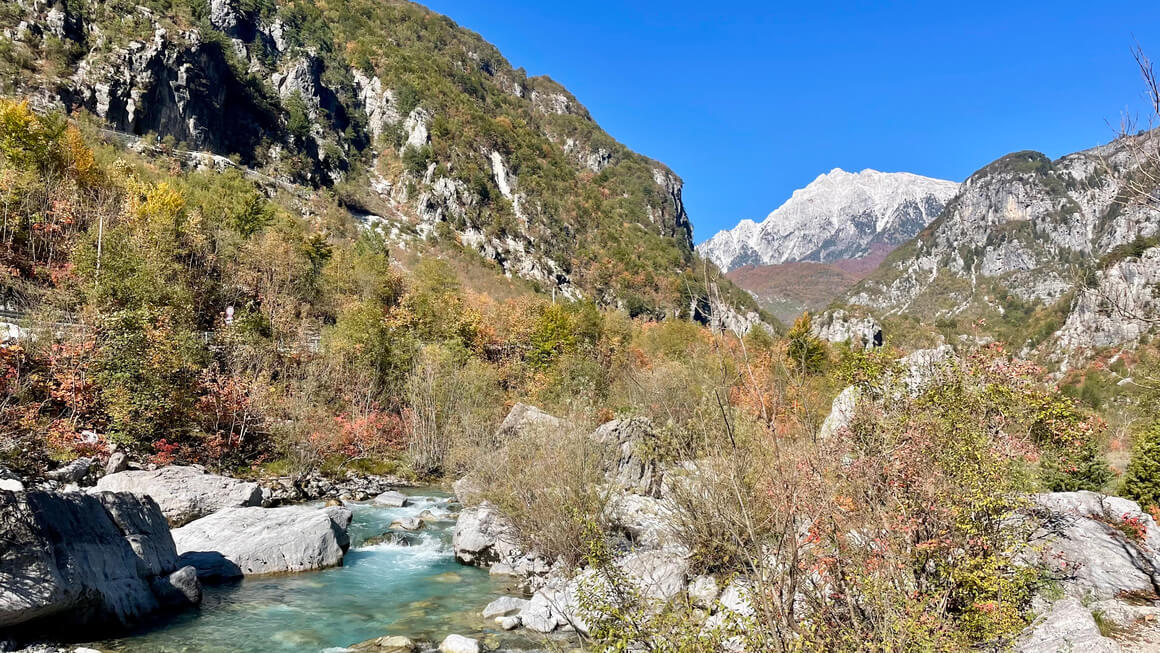
Photo: @danielle_wyatt
As well as getting the right pack for El Camino, you may also want to take some time to ensure you also get the right insurance.
While hiking El Camino de Santiago is an unforgettable adventure it also comes with unpredictable challenges. Travel insurance can provide some crucial protection against unexpected medical emergencies, such injuries, dehydration, or exhaustion.
Many sections of the Camino trail also pass through remote areas where medical facilities are limited, making emergency assistance and evacuation coverage especially important.
These days my personal go-to Travel Insurer is SafetyWing. They offer cover from just $56.28 per 4-week cycle making it really simple and affordable.
SafetyWing has also recently revamped their excellent monthly subscription travel insurance offerings – the Essentials Cover covers the, erm essentials, and then the Complete cover is more (you guessed it) complete.
Interested? Well click here or bash the button below to find out more.
ALWAYS sort out your backpacker insurance before your trip. There’s plenty to choose from in that department, but a good place to start is Safety Wing.
They offer month-to-month payments, no lock-in contracts, and require absolutely no itineraries: that’s the exact kind of insurance long-term travellers and digital nomads need.
SafetyWing is cheap, easy, and admin-free: just sign up lickety-split so you can get back to it!
Click the button below to learn more about SafetyWing’s setup or read our insider review for the full tasty scoop.
Best Backpacks for Hiking the Camino de Santiago
After testing and reviewing countless hiking backpacks over the years, these are our top picks for the Camino.
Osprey Aether/Ariel 55 – Best Larger Option
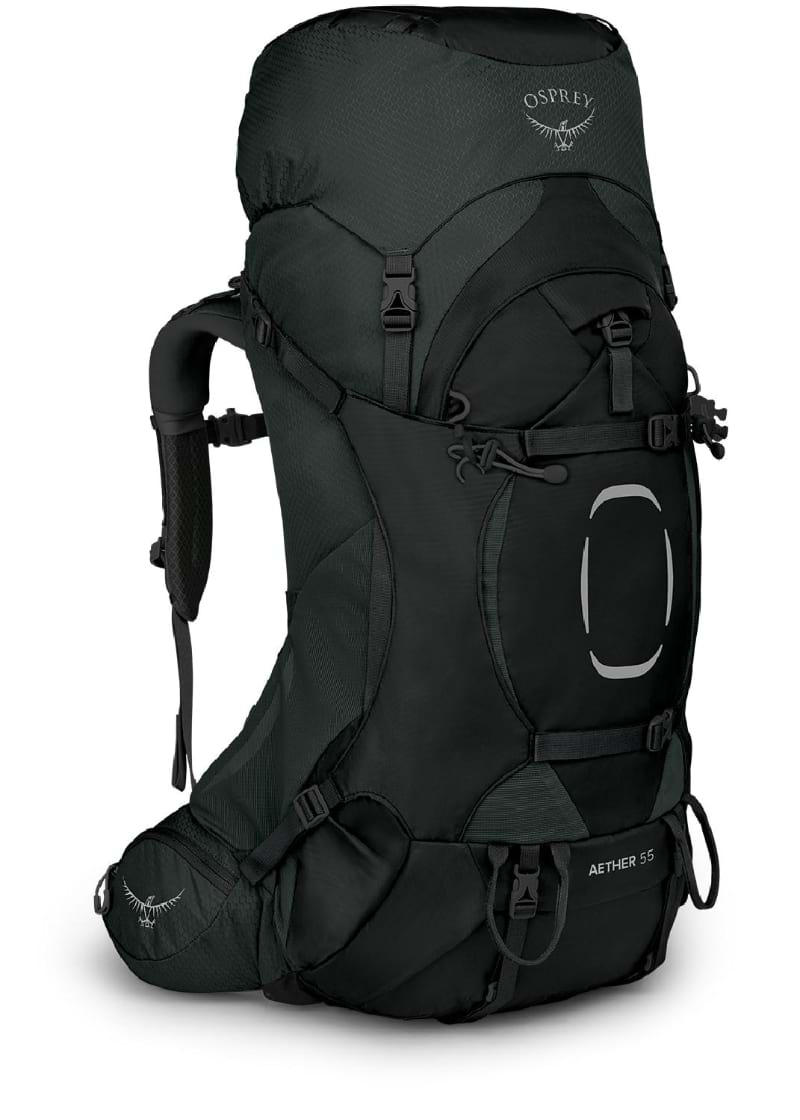
- Weight: 5 lbs
- Capacity: 55L
- Pros: Lightweight for its size, durable, excellent ventilation
- Cons: Larger than most Camino hikers need
The Osprey Aether (men’s) and the Osprey Ariel (women’s) are total powerhouse backpacks for those who want extra capacity without too much extra weight. With a 55L capacity, it’s one of the biggest packs we’d recommend for the Camino, offering ample room for gear, souvenirs, and that extra pair of hiking socks you swore you wouldn’t bring.
The AirScape back panel provides great ventilation, preventing the dreaded sweaty back syndrome, while the adjustable hip belt keeps weight off your shoulders.
However, if you’re aiming to pack light, 55L of storage might be overkill.
Deuter Aircontact Lite 50+10 – Best for Comfort
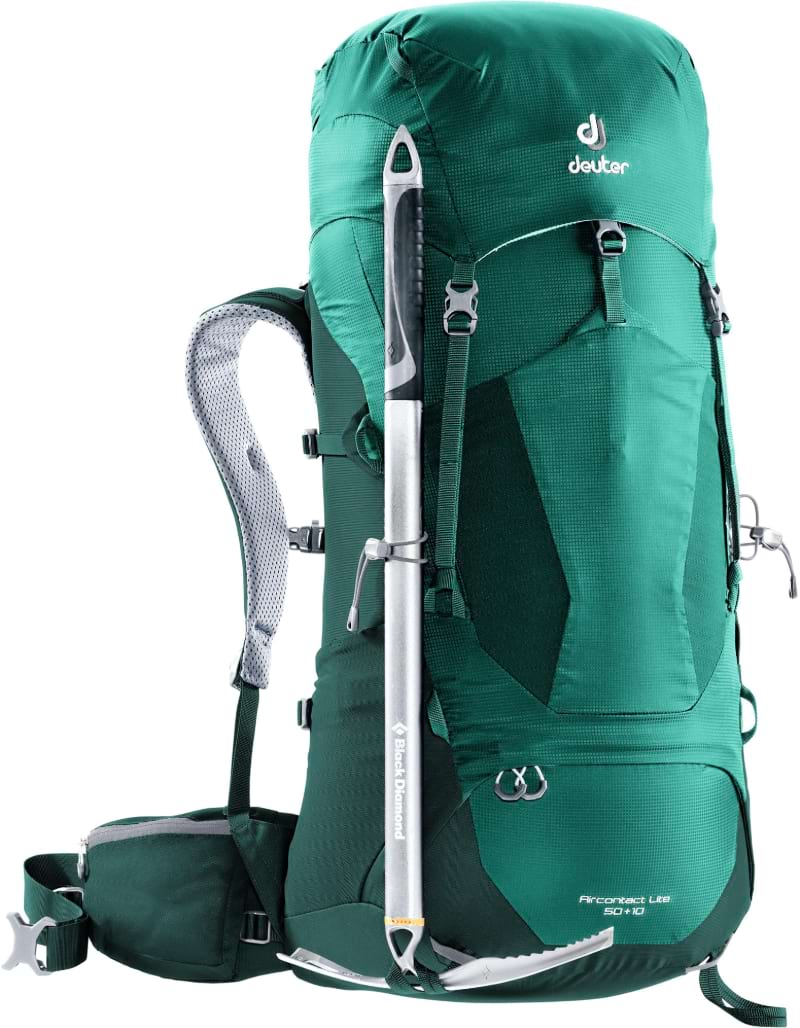
- Weight: 4.5 lbs
- Capacity: 50+10L
- Pros: Exceptional back support, expandable capacity
- Cons: Heavier than ultralight models
If comfort is your top priority then the Deuter Aircontact Lite 50+10 is a seriously fantastic choice. This backpack is built for long treks, with an adjustable torso length, thick padding, and a snug, ergonomic fit that distributes weight beautifully.
Its expandable design allows you to pack an extra 10L if needed, making it a versatile option for those who like a bit of wiggle room.
The downside? At 4.5 lbs, it’s not the lightest option, but for those who prioritize back support over shaving grams, it’s a solid pick.
Gregory Baltoro 45 – Best for Organization
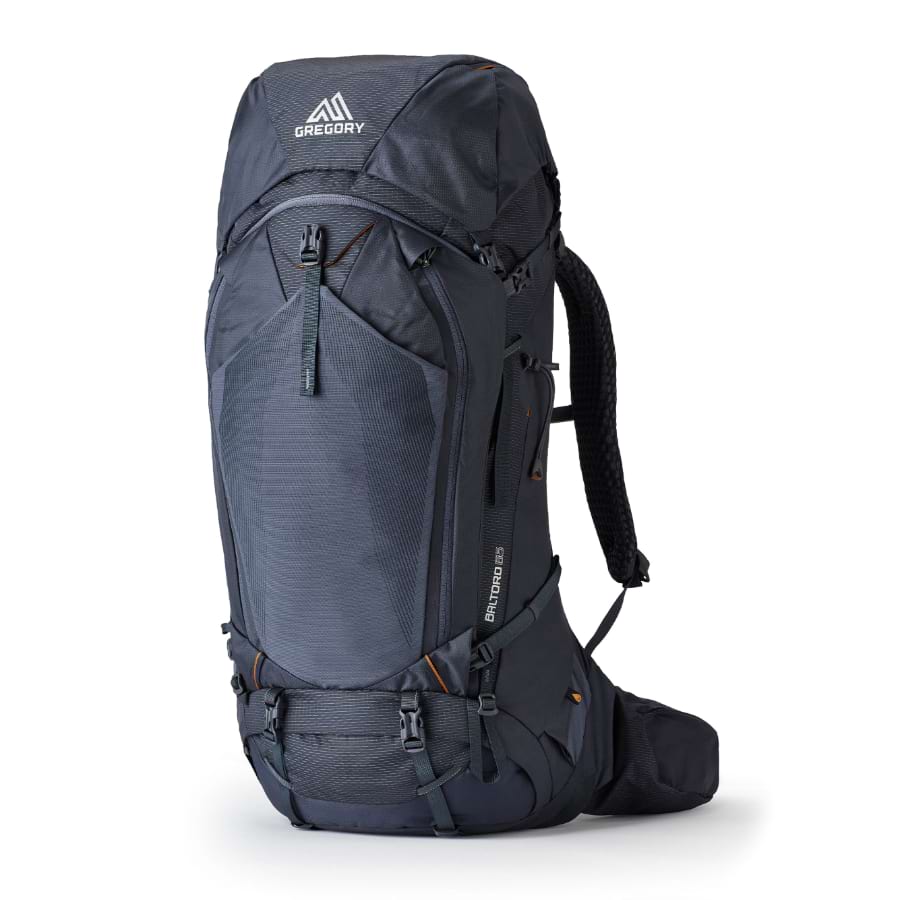
- Weight: 4 lbs
- Capacity: 45L
- Pros: Plenty of compartments, durable, ergonomic fit
- Cons: Slightly bulky for minimalist hikers
The Gregory Baltoro 45 is a dream for lovers of organisation. With tons of compartments, pockets, and an easy-access U-shaped zipper, it makes staying organised on the trail a breeze. The wishbone frame and padded hip belt also keep weight evenly distributed, making this one of the most ergonomic packs available.
However, minimalist hikers might just find it to be a bit bulky, and at 4 lbs, it’s not the lightest option. But if you value accessibility and structured packing, it’s a great investment.
Osprey Talon 33 – Best Lightweight Option (35L)
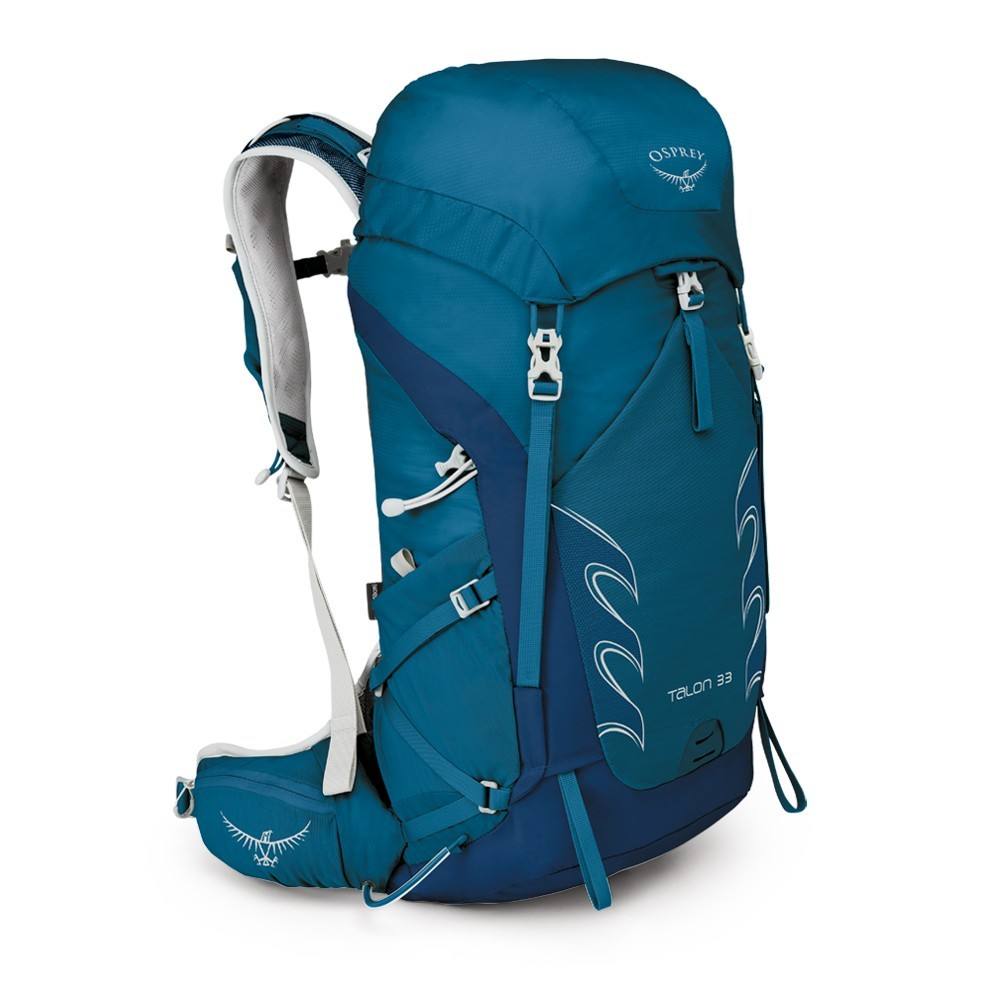
- Weight: 2.4 lbs
- Capacity: 33L
- Pros: Ultralight, breathable back panel, fits like a glove
- Cons: Less padding, limited space for extras
If you’re an ultralight hiker looking for a puritan minimalist pack then the Osprey Talon is a fantastic choice. Weighing just under 2 lbs, this pack is designed for agility and efficiency.
Its streamlined design and breathable back panel make it perfect for long-distance walking, especially in warm conditions. The 30L capacity forces you to pack only the bare essentials, making it a solid pick for those who prefer to travel light.
The downside? It lacks some structure and padding. It’s not ideal for carrying heavy loads, but for experienced hikers who know how to pack smart, it’s a winner.
Deuter Speed Lite 30 – Best Minimalist Pack (30L)
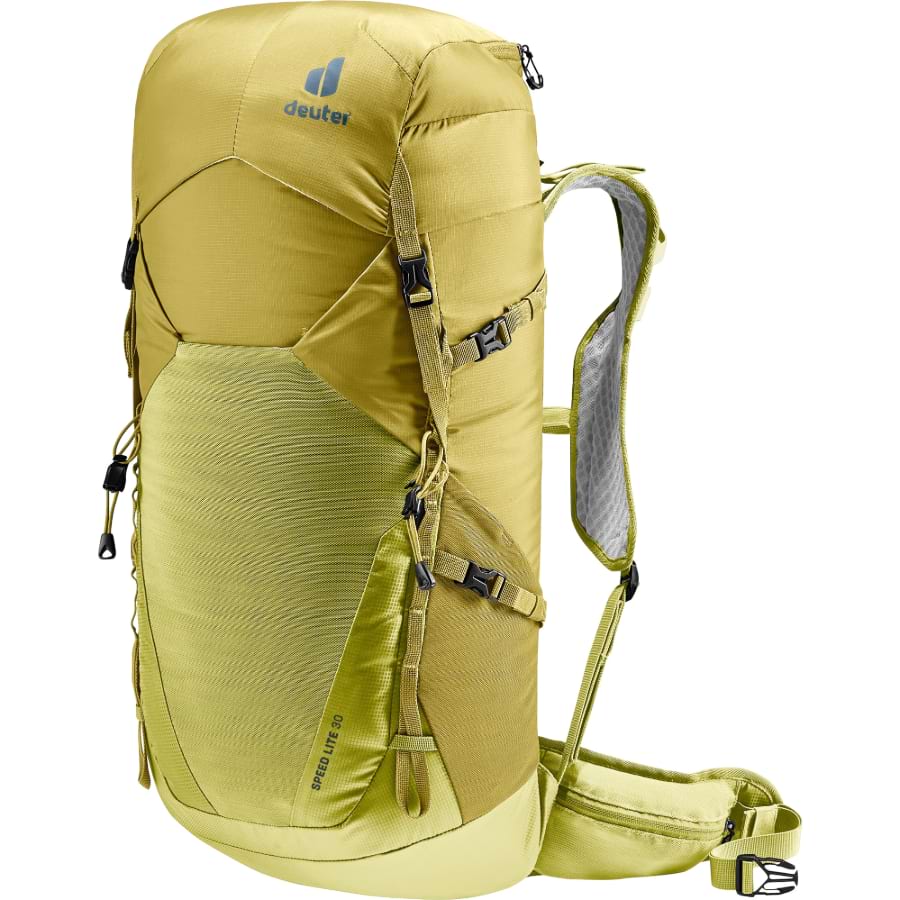
- Weight: 1.98 lbs
- Capacity: 30L
- Pros: Super lightweight, compact, agile design
- Cons: Not ideal for carrying heavy loads
If you’re an ultralight hiker looking for a Puritan minimalist pack then the Deuter Speed Lite 30 is a fantastic choice. Weighing just under 2 lbs, this pack is designed for agility and efficiency.
Its streamlined design and breathable back panel make it perfect for long-distance walking, especially in warm conditions. The 30L capacity forces you to pack only the bare essentials, making it a solid pick for those who prefer to travel light.
The downside? It lacks some structure and padding. It’s not ideal for carrying heavy loads, but for experienced hikers who know how to pack smart, it’s a winner.

Our GREATEST Travel Secrets…
Pop your email here & get the original Broke Backpacker Bible for FREE.
How to Pack Your Backpack for the Camino de Santiago
Once you have chosen the right pack, you need to make sure you pack it properly prioritising efficiency and lightness…
Packing Light
As a rule of thumb, your base weight (everything excluding food & water) should be under 10% of your body weight. Overpacking leads to misery, pain, and regretting every unnecessary item.
Essential Gear
- Clothing: 2-3 outfits (yes, you’ll be doing laundry frequently)
- First-aid kit: Blister prevention is critical
- Toiletries: A small hanging toiletry bag saves space
- Lightweight sleeping bag: If staying in albergues, then a liner may suffice
Organizing Your Pack
- Heavier items close to your back for balance
- Frequently used items in outer pockets
- Consider packing cubes or compression straps for space-saving
FAQs About Choosing a Backpack for the Camino de Santiago
Final Thoughts
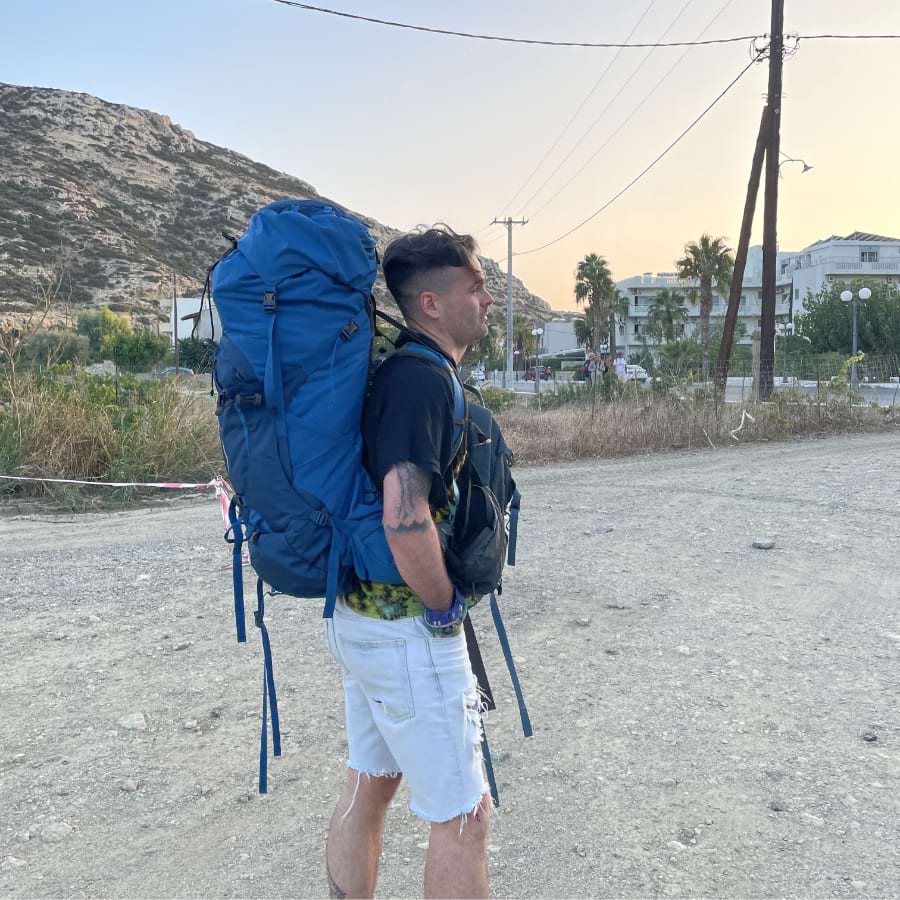
Selecting the best backpack for hiking the Camino de Santiago isn’t just about picking the lightest or most expensive option. Nope, it’s about finding the right balance between comfort, durability, and functionality with price as an afterthought.
A poorly chosen pack can turn this once-in-a-lifetime pilgrimage into an endurance test of aches and frustrations. On the other hand, the right backpack will feel like an extension of yourself, supporting you mile after mile, kilometre after kilometre.
To recap, we suggest you go for a lightweight yet durable pack in the 35L–50L range, with adjustable straps, a supportive hip belt, and multiple compartments for easy access to your essentials. And don’t forget the weather resistance — a solid water-resistant design or a reliable rain cover will keep your gear safe and dry when that inevitable downpour hits.
Finally, always be sure to properly test your backpack before you go. Load it up, walk around, and adjust it until it feels just right. Your future, blistered self will thank you.
Have you walked the Camino? What backpack did you use? Share your experience in the comments!
Looking for more Camino gear tips? Check out our guide to the best hiking shoes for the Camino de Santiago!
Buy Us a Coffee!
A couple of you lovely readers suggested we set up a tip jar for direct support as an alternative to booking through our links. So we created one!
You can now buy The Broke Backpacker a coffee. If you like and use our content to plan your trips, it’s a much appreciated way to show appreciation 🙂



